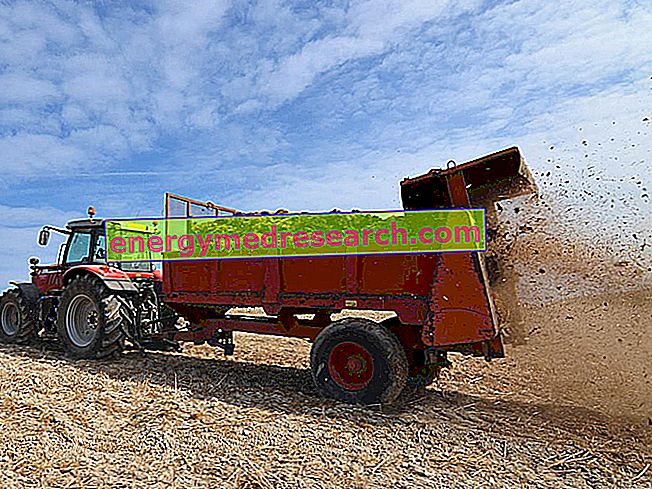What is Matera bread?
Pane di Matera is a type of Italian bread, typical of the province of Matera (Basilicata).
Produced exclusively with durum wheat ( Triticum durum ), the bread of Matera is famous both for its ancient processing system and for the typical "cornetto" or "alto alto" shape. Today, it is recognized as a Protected Geographical Indication (IGP)
Pane di Matera is a natural source of energy from carbohydrates and is rich in fiber, minerals and specific cereal vitamins. In the kitchen it is used to accompany any ingredient and as an essential element of several recipes.

Nutritional Properties
Nutritional characteristics of Matera bread
Matera bread is a product that belongs to the III fundamental group of foods.
It has all the characteristics of traditional breads typical of southern Italy and therefore represents an excellent source of energy, but also of fibers, minerals and specific vitamins of cereals.
It has a significant caloric intake, supplied mainly by carbohydrates, followed by proteins and finally by small amounts of lipids.
Carbohydrates are mainly complex (starch), peptides of medium biological value and unsaturated fatty acids. It contains a good amount of fiber, most of which is insoluble.
Cholesterol is absent.
Among the vitamins, good concentrations of the water-soluble substances of group B and vitamin A are appreciated. As for minerals, the levels of sodium (generally excessive in the diet), magnesium and iron are appreciable. Contains gluten, but lactose and histamine free. The only potentially allergenic molecules are wheat proteins.
The bread of Matera lends itself to most diets, with the sole exception of celiacs. Furthermore, it is to be taken in moderation in case of overweight, type 2 diabetes mellitus and hypertriglyceridemia.
It has no other contraindications and is accepted by vegetarian and vegan philosophies.
The use of yeasts has different religious implications but, nowadays, it is tolerated also in Judaism and in all forms of Christianity (in the latter by the Council of Lyon II of 1274).
The average portion of Matera bread is 50 g at a time (about 140-150 kcal).
Purposes
Gastronomic use of the bread of Matera
The bread of Matera is ideal to accompany all the typical foods of the territory. It is particularly suitable for pairing with: extra virgin olive oil, Caciocavallo Silano, Sarconi Bean Soup, Lampascioni in oil, Cruschi Peppers, tomatoes in oil, Luganega Sausage, soppressata, Pecorino di Moliterno, goat, ricotta and Lucanian honey .
Features
Characteristics of Matera bread
According to the IGP, the bread of Matera must have the following characteristics:
- Shape: croissant or high bread
- Size: 1 - 2 kg
- Crust: brown, at least 3 mm thick
- Mollic: irregularly alveolar (holes of 2–3 mm, even up to 60 mm), straw yellow color
- Humidity: ≤ 33%.
The conservation of Matera bread varies from one week (1 kg bread) to 9 days (2 kg bread).
Production
Introduction to the production of Matera bread
When choosing ingredients, they become particularly important:
- The selection of flours, which must come exclusively from local varieties of durum wheat (Cappelli, Duro Lucano, Capeiti, Appulo)
- The synthesis of mother yeast, typically based on fresh fruit.
The other ingredients are water and salt. The manufacturing process allows the use of both wood and gas ovens for cooking.
Recognition
Bread of Matera IGP
As anticipated, the bread of Matera enjoys the IGP recognition (Protected Geographical Indication).
The production area of this food is made up of the entire province, even if the "cornetto" shape seems more typical of the urban center and of the upper province (municipalities of Montescaglioso, Irsina, Tricarico, Grassano, Grottole). On the contrary, in the lower area of the province, a slightly different bread is produced, with a round shape and specific organoleptic characteristics.
History
Historical notes on the bread of Matera
Based on what has been reported in various bibliographical records, the bread of Matera has an even older tradition than the Kingdom of Naples (XIV-XIX century).
Developed also thanks to local agriculture, this food was fundamental for the survival and economic development of the territory. He appears in various figurative, figurative and literary artistic works, in which he is recognizable for his unmistakable characteristic of the three cuts on the dough; these, which represent the Holy Trinity, are applied as thanks to God for having granted the "daily bread".



